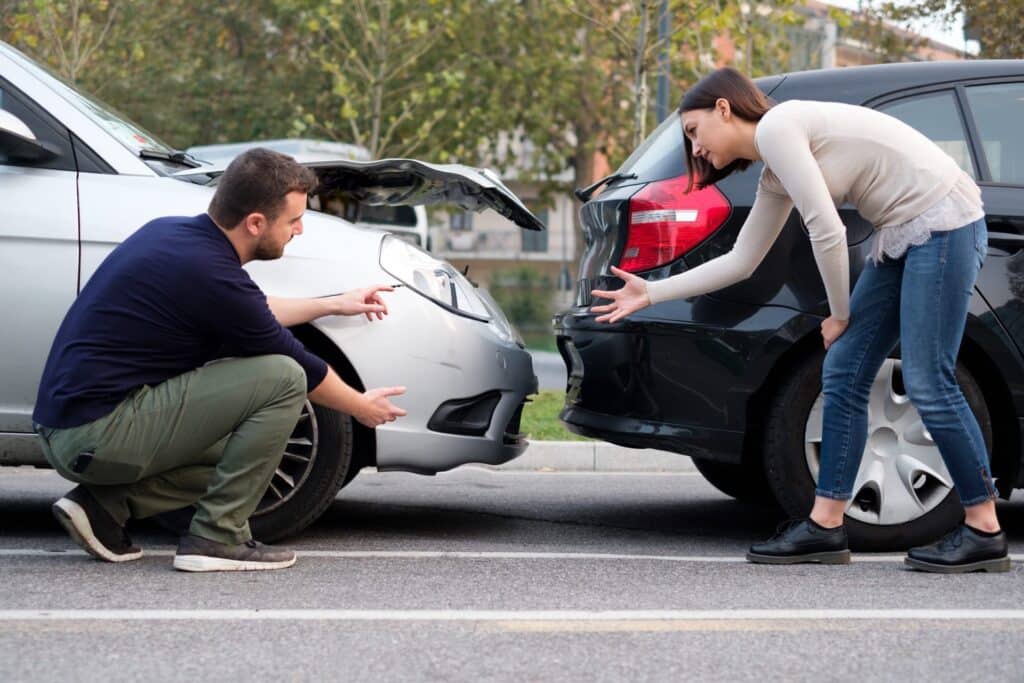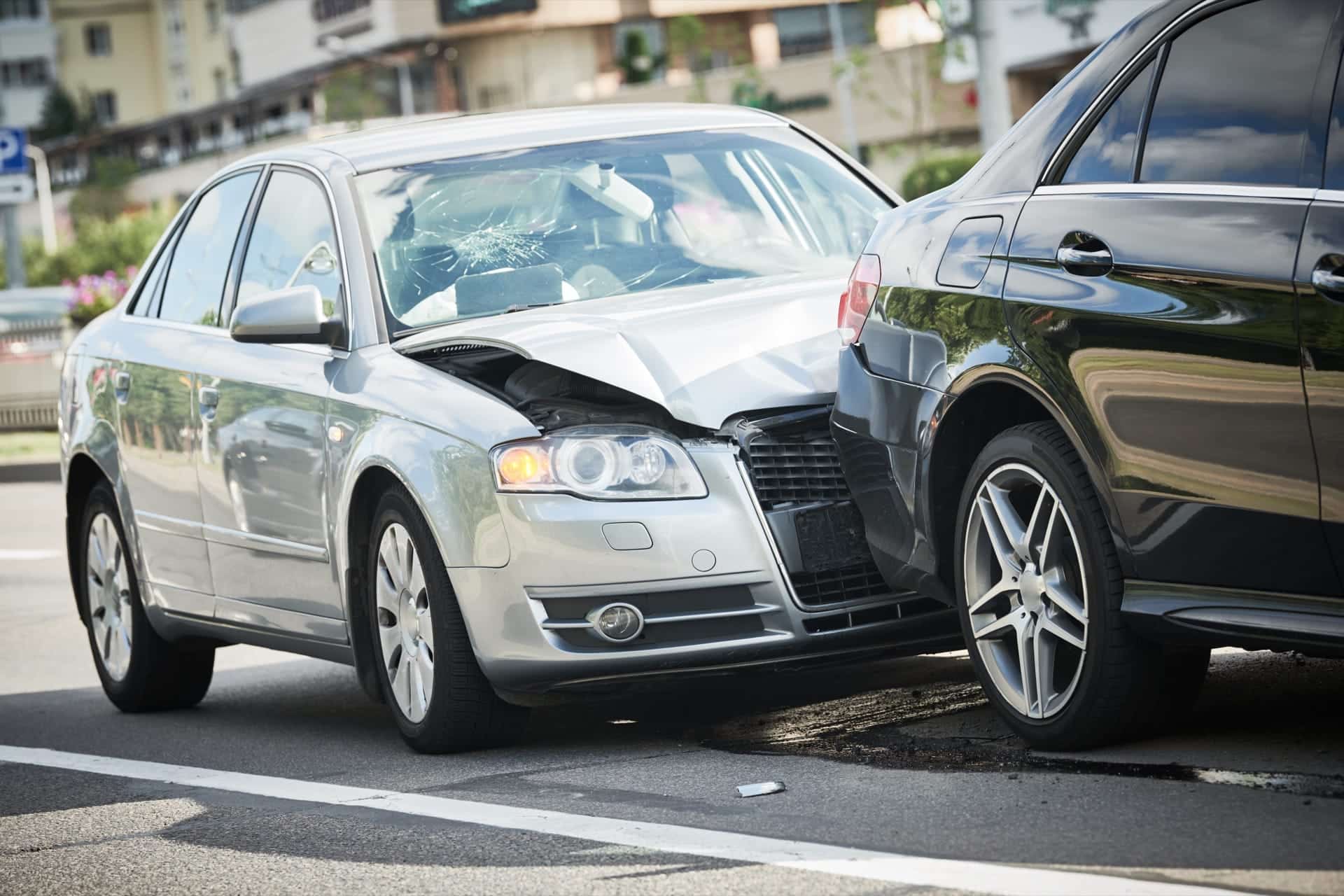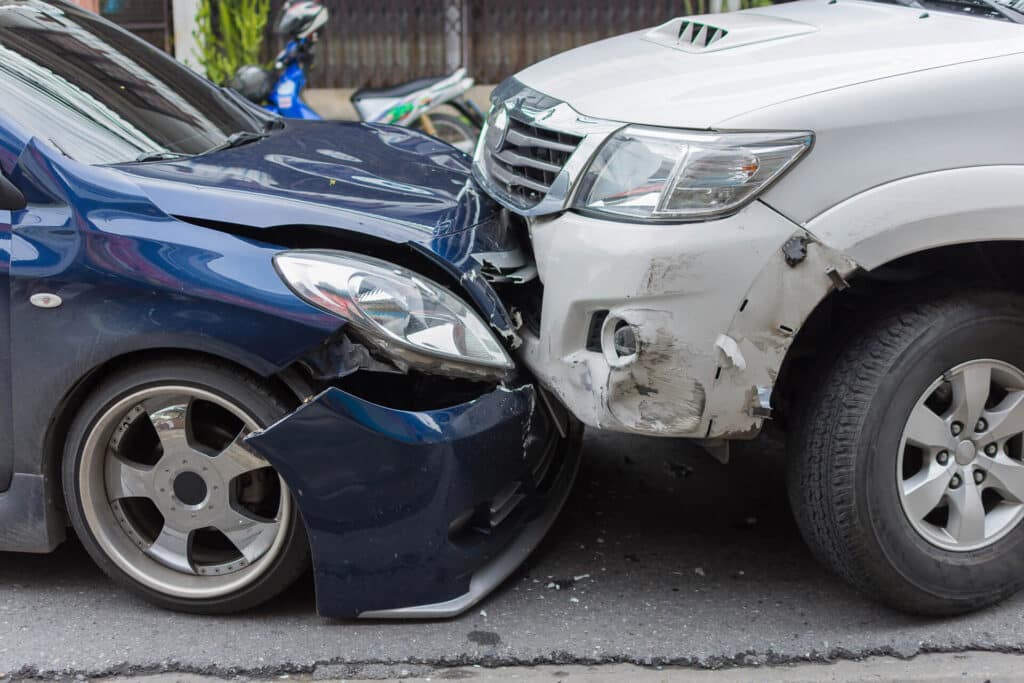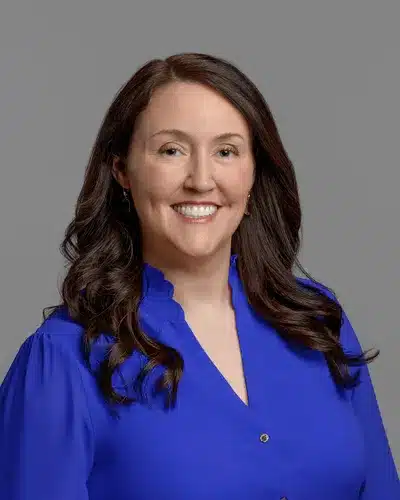
Getting involved in a car accident can seriously impact your physical and mental health. It can also affect your wallet, especially if you cannot prove that the accident was not your fault. Determining who is at fault for the accident can decide which party’s insurance company will pay for the damage. However, it can be challenging to prove fault in a car accident.

At-Fault and No-Fault Rules
In the U.S, 12 states use the no-fault system, which means that the driver who faced losses (such as personal injury or damage to the vehicle) can be protected by personal injury protection insurance coverage. Whether or not they are the driver at fault, they would not be compensated for the damages sustained. Each driver affected by the accident can pay for the damages through their personal insurance or out-of-pocket. The laws regarding compensation can vary among these 12 states. Although a person can file a lawsuit against the liable driver if the accident resulted in severe injury to a person or the medical bills meet a certain monetary threshold required by the state.
Thirty-eight states, including the District of Columbia in the U.S., use a fault-based system to compensate the affected driver. In these states, drivers can start a claim with their insurance company. The insurance company may hire a professional to investigate the accident further to ensure you are not at fault before providing you with any compensation. In the at-fault system, the liable party or their insurance company pays compensation for the damages done during the accident, such as injuries sustained by the person, any loss of wages, etc.
Steps to Prove You Are Not At Fault
Here are some steps that can help you build your case in proving that you were not at fault for the car accident.
Gather Information
Car accidents can result in serious injuries and it can be difficult to gather information at the time of the accident. However, you should try your best to gather as much evidence as possible at the accident site. There might be other people at the scene who could be potential witnesses to the car accident. You can ask for the contact information of the witness so you can reach out to them if needed. They could be vital in helping you prove that you are not at fault for the accident. You should also get the contact information of other drivers involved in the accident and note the license plate number of the vehicles.
Document the Damage
While getting medical attention should be your top priority after being involved in a car accident, it would be best to document the damage to your vehicle. Pictures or videos of the damage done to your vehicle and the location of the accident can serve as important evidence.
In most car accident claims, inspecting the damage to the vehicle can help investigators determine which driver was at fault. For example, a rear-end collision is typically the fault of the driver in the rear, so if you have documented photos of the damage to the vehicles, you can use them to prove fault.

Reporting the Accident
Police officers will arrive at the scene of the accident when someone is injured to interview everyone involved. The officer might write a report that includes their opinion on who is at fault or has violated the traffic laws in the accident. You can acquire the aid of a law enforcement agency to get a copy of the police report to further support your case.
In some states across the U.S., such as Montana, the people involved in a car accident are required to report it to the Montana DMV if the injuries and damages (whether it is damage to the car or public property) are above $1,000.
Research
You can research any traffic laws that apply to the accident you were involved in online. It can help you determine whether you or the other driver violated any traffic laws that led to the accident.
Informing the Insurance Company
As mentioned above, acquiring a settlement in a car accident claim is not easy. Even if you believe the other driver was at fault for the accident, you should still contact your insurance company. You should inform them about any damages that might require insurance coverage or tell them you want to file a claim against the other driver.
If your vehicle undergoes a lot of damage and cannot be driven, your insurance company might help you find a suitable rental vehicle until yours is repaired.
Medical Records
If you suffered an injury from the accident, you should keep copies of your medical bills. After your recovery, if you decide to file a lawsuit against the other driver involved in the accident, your medical records can prove the kind of injuries you endured from the accident and the amount of compensation you deserve.
Submitting Evidence
You can file a claim online with your insurance company or file a third-party claim with the at-fault driver’s insurance company. However, it is important to get your insurer involved in the claim so they can inform you if they want to investigate the matter, or if they have had any communication from the other party.
What to Do In Case of an Injury Or Car Damage?
Car accident claims filed with an insurance company typically do not require any legal representation. The other driver’s insurance company will try to prove that their client was not at fault and refuse to negotiate with you on the matter. You can pursue a legal course of action by taking the case to court and suing the driver at fault for losses resulting from the accident.
In most personal injury lawsuits, you have to pay for the damages initially before you can attain a settlement because these lawsuits can take anywhere between a few weeks to several months to resolve, depending on the nature of the accident and the existing evidence.
Most people have personal injury protection or medical payment insurance coverage, which lets them handle the repair costs for the car accident. If you do not have that kind of health insurance or insurance coverage, it might be best to consult with an attorney.
If your vehicle was totaled in the car crash, the financial responsibility lies with the at-fault driver. If the at-fault driver does not have any kind of insurance that can pay for the damages to the vehicle, you can pay for the repair using your collision insurance coverage. For instance, in Colorado, if a person drives without insurance, they can face a class 1 misdemeanor charge. The insured motorists’ insurance coverage covers the damages done by the uninsured at-fault driver.

What Are “No-Doubt Liability” Accidents?
In certain vehicle accidents, the other driver is completely at fault, which means the accident is a “no-doubt liability” case. In those types of car accident cases, you would not have to be concerned about the insurance company disputing the fault, as there is no room for disagreement. Here are a few types of “no-doubt liability” car accident cases:
Rear-End Collisions
Rear-end collisions are a no-doubt liability accident because the nature of damages on each vehicle can prove which driver was at fault. For instance, if your vehicle is damaged from the rear end and the other driver’s vehicle is damaged from the front, there is no argument that the other driver was driving too close to safely stop their vehicle in time. A basic rule of driving is to maintain a safe driving distance from the vehicle in front.
Even if there was a third party involved that caused the at-fault driver’s vehicle to collide with yours, they are still liable for the damages caused to your vehicle. However, if you have been found guilty of careless driving or negligence, you may not attain a full settlement and might even have to pay for the damages to the other vehicle.
Left-Turn Accidents
Exceptions in left-turn accidents are difficult to prove because any vehicle making a left turn is more liable than the one driving in a straight line. Left turn accidents are also no-doubt liability cases. These cases settle quickly because no additional supporting evidence is required, nor can the insurance company dispute the claim.
However, if the person driving in a straight line was well above the speed limit or the vehicle making the left turn unexpectedly slowed down due to someone else’s fault, the case might be contested in court.
When Should I Contact an Attorney?
If you suspect that you were the one at fault, anything you say to a third party aside from your lawyer can threaten your credibility in court. If you want to seek compensation, it is better to consult with your attorney and not engage in any communication about the accident with anyone outside the case. In most states, personal injury lawsuits can be filed two to three years after the accident occurs, so you need to ensure you don’t miss this timeline.
If a person fails to follow this statute of limitations of their state, their chances of attaining a settlement are reduced. That is why it is best to hire a car accident attorney as soon as possible after you are involved in a car accident. An experienced attorney at Mountain States Injury Law can help you collect supporting evidence and successfully attain a fair settlement in your case. Your attorney can also help you evaluate your options and use their expert negotiation skills to deal with the insurance company on your behalf.








